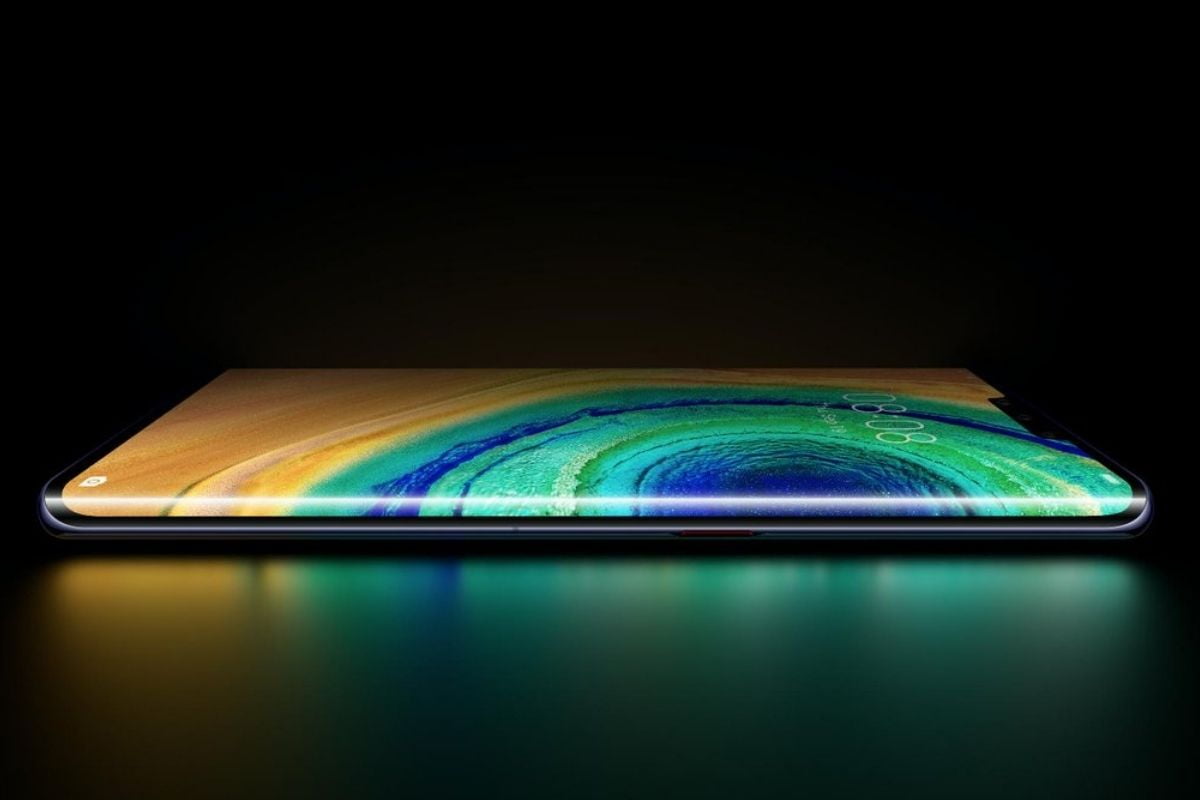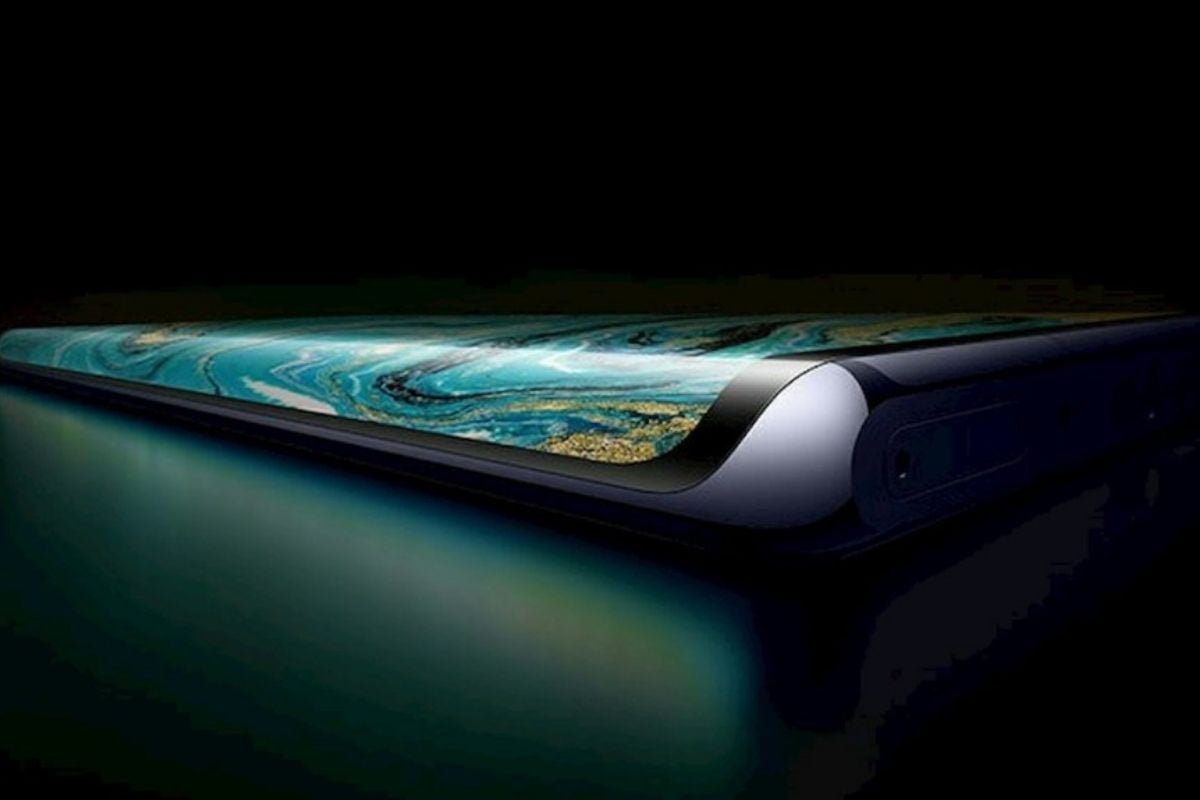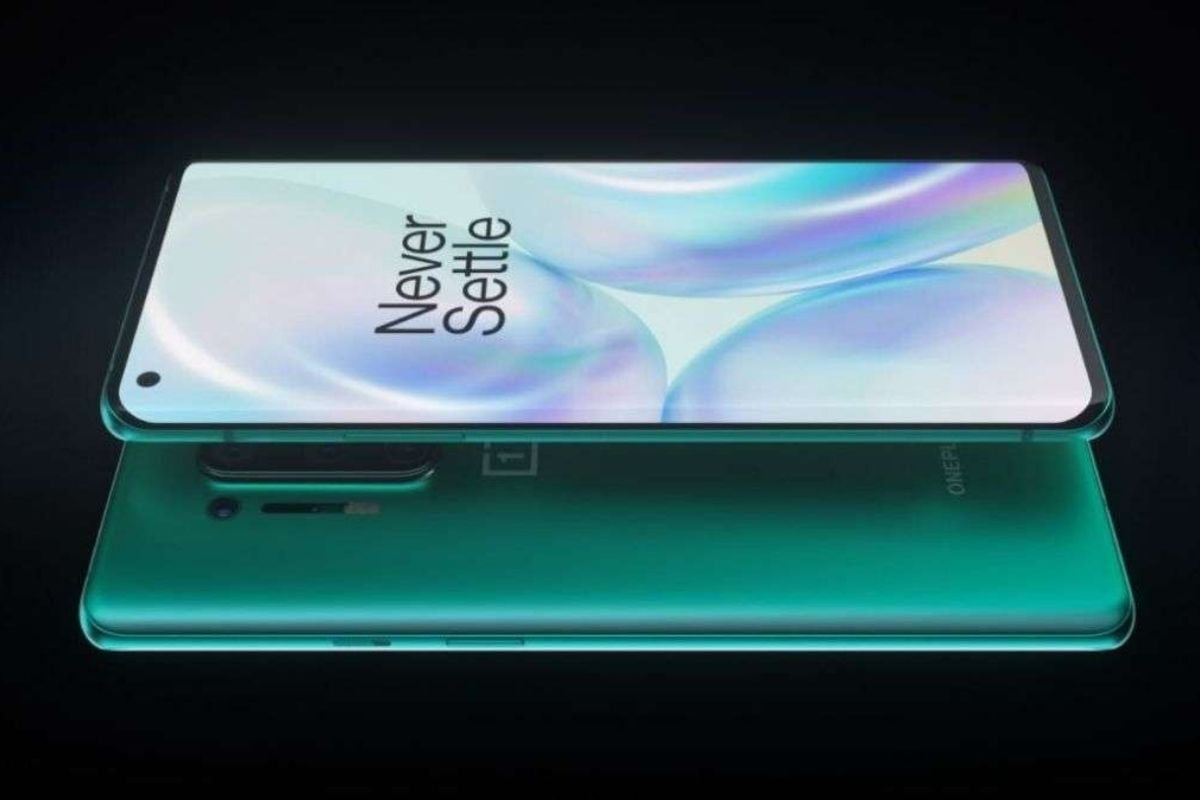Devices with curved displays had come under much flack in recent months, despite being tipped as the next best thing when it came to the smartphone display. This technological advancement, upon launch, became quite controversial to the point that certain companies went back to flat displays. To some, they might seem more flashy and attractive, whist to some, they make look odd. Despite both sides making rational points, you might be confused as to whether or not you should buy into the curved smartphone display hype. If you too were perplexed about this, fret not, as we will list out the pros and cons of a curved display and whether or not they make sense. Before we begin, you might be interested to know that the first proper implementation of the curved display on a well-known smartphone came through Samsung’s Galaxy Note Edge. Since its inception, the concept has gone through multiple changes, with steeper curves and better durability.
Pros Of a Curved Display
The most important reason for people liking curved displays isn’t the innovation or the functionality; it is actually the design. Yes, looks are subjective, but to most people, the curved display seems much more premium. There are certain devices that manage to look good with flat edges, such as the iPhone, but most of them lose out to curved displays that seem to drop off at the edge. Another positive of the curved display is the amount of depth that you feel holding the device. With a curved phone, it is much easier to tap the buttons with your thumbs. Holding a phone horizontally during gaming sessions or watching content is also easier since the balance and overall weight seems a bit less and, during longer sessions of usage, you can feel the difference quite well. Accessibility features are also capable of being used with curved displays. The most common of these features is the lighting up of the edges of the device to notify the user of any notification or message, allowing them to know that there is a notification on their device from a distance. One can also make use of volume controls from these edges, as is the case with Huawei’s Mate 40 pro.
Are There Any Cons?
Of course, there are certain devices that have too much of a curve, which impacts certain use cases of the device. At times, too steep of a curve can lead to the content on the screen bleeding away without any proper end, and, for certain unoptimised applications, the overall content to be displayed might be glitchy. Certain devices also have poor sensors for their curved displays, as was the case with the OnePlus 8 Pro, since multiple reports stated that the sides were prone to accidental touches. This is not the best feature, especially in terms of convenience. These displays are also much less durable and tougher to fix, so it is quite cumbersome to take care of a phone with a curved display. In the end, there are pros and cons to this kind of display, but it ultimately comes down to what a user wants. If they want a less fragile and basic device, they will most probably get a device sporting a flat display. For those of you looking for a premium hand feel and certain accessibility features to the side, the curved displays might be more attractive.


